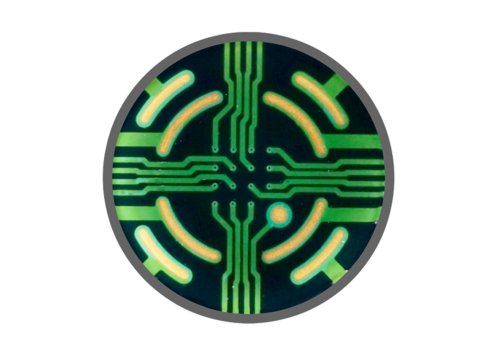Authors: Wu F, Guo T, Sun L, Li F, and Yang X.
Research Square, 2021.
Scientists use Axion’s MEA platform to characterize electrophysiology in hPSC-derived cardiomyocytes.
Human pluripotent stem cells (hPSCs) are transforming disease modeling, drug discovery, and regenerative medicine, but the process of introducing pathogenic mutations into hPSCs is labor-intensive and time-consuming. In this study, scientists describe a protocol for a novel technology called base editing that allows for the efficient introduction of disease-specific mutations, such as those found in long QT syndrome, into hPSCs. The team also offers a protocol to analyze the electrophysiology of hPSC-derived cardiomyocytes in vitro using Axion’s noninvasive, label-free Maestro multielectrode array (MEA) platform. Overall, the authors report the successful generation of hPSCs carrying the long QT syndrome pathogenic mutation in less than 20 days and suggest that the protocol is widely applicable for research into other genetic diseases.


